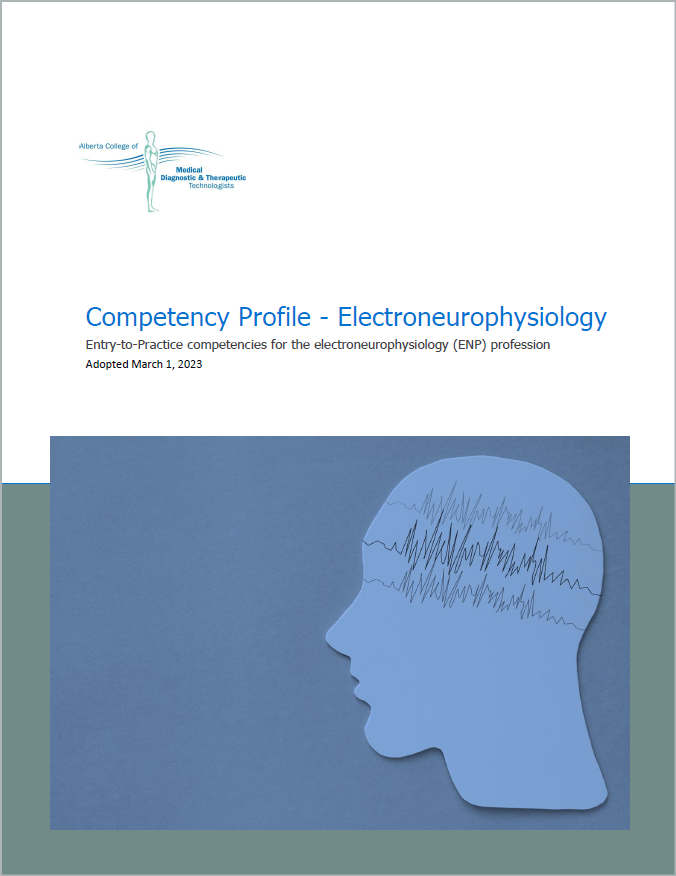Electroneurophysiology Technologists (ENPs) perform electroencephalograms (EEGs) and/or evoked potential (EP) examinations.
During an EEG, the electrical activity of the brain is recorded by placing electrodes on the patient’s head. EEGs may be ordered to help diagnose various problems with the brain, such as:
- Seizures and epilepsy
- Strokes and bleeding in the brain
- Degenerative brain disease
- Brain infections
EP testing records electrical activity of the brain and spinal cord after a deliberate external stimulation. The visual (eyes), auditory (ears), motor (muscle) and sensory nerves can all be tested for such things as:
- Spinal cord injuries
- Tumours on the nerves
- Inflammation of the nerves
Because EPs can look at a variety of neurological pathways, ENPs are sometimes in the operating room to provide information to surgeons as they operate, allowing the surgeon to make decisions based on the monitoring results.
Competency Profile – Electroencephalography
The College has established its own competency profile for ENPs, which identifies the minimum learning outcomes required for entry to practice.
This competency profile has also been adopted by the Canadian Association of Electroneurophysiology Technologists (CAET) and the Canadian Board of Registration of Electroencephalograph Technologists (CBRET) as the National Competency Profile, which is used as the framework for the CBRET exam across Canada, testing knowledge and skills that are necessary for ENPs.


